What to do if your car breaks down
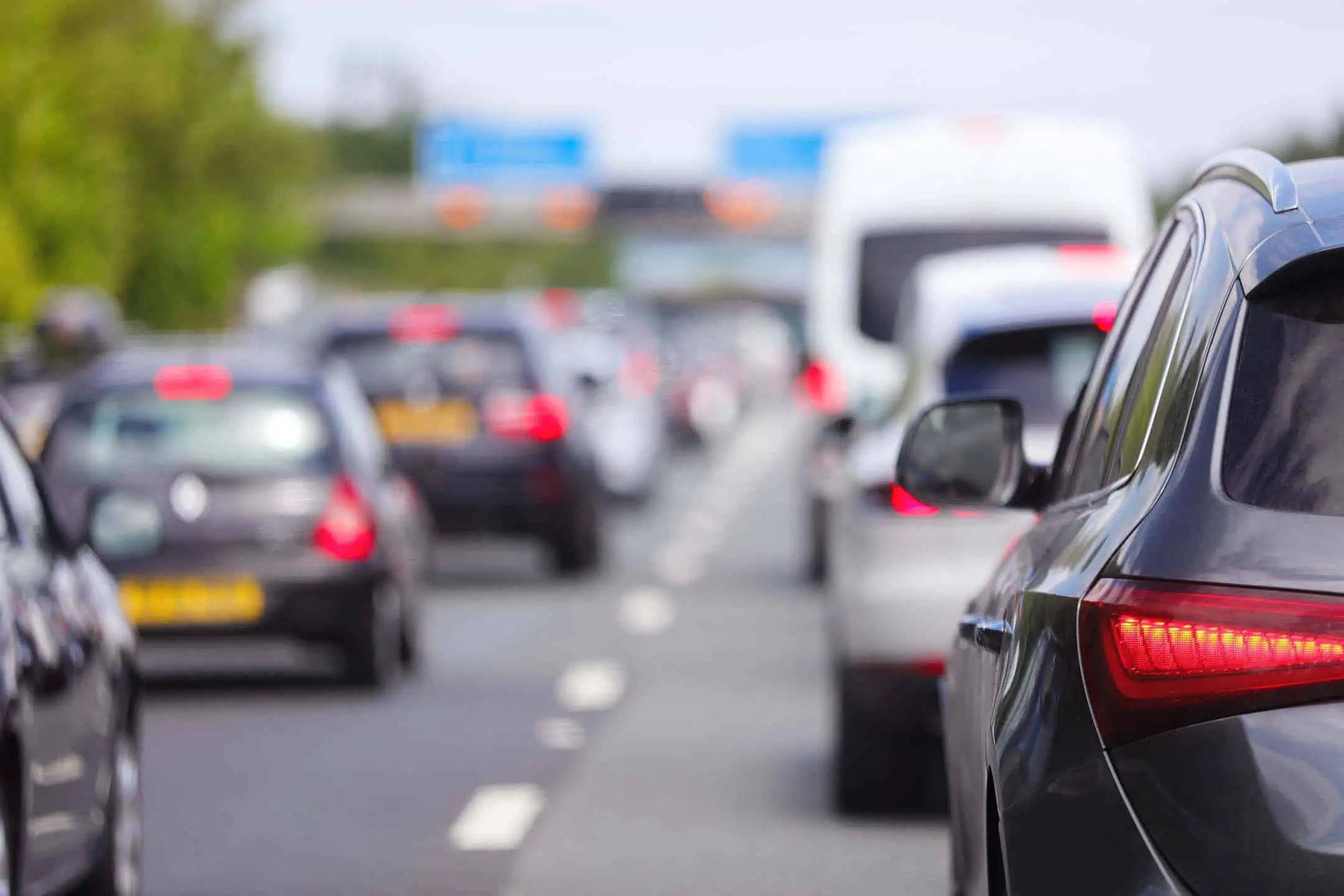
Docs
Servicing
Essentials
Penalties
Running Menu
What happens if your car breaks down?
We’ve all driven on the motorway past some poor sod stuck at the side of the road, waiting for their breakdown company to arrive.
That’ll never be me, you think!
Hopefully not, but you never know. Most drivers will experience a breakdown at least once in their life. A scary experience if you’re not prepared.
Here’s how to prepare for a breakdown beforehand, what to do if you break down on the motorway, and what to do if you break down on other roads!
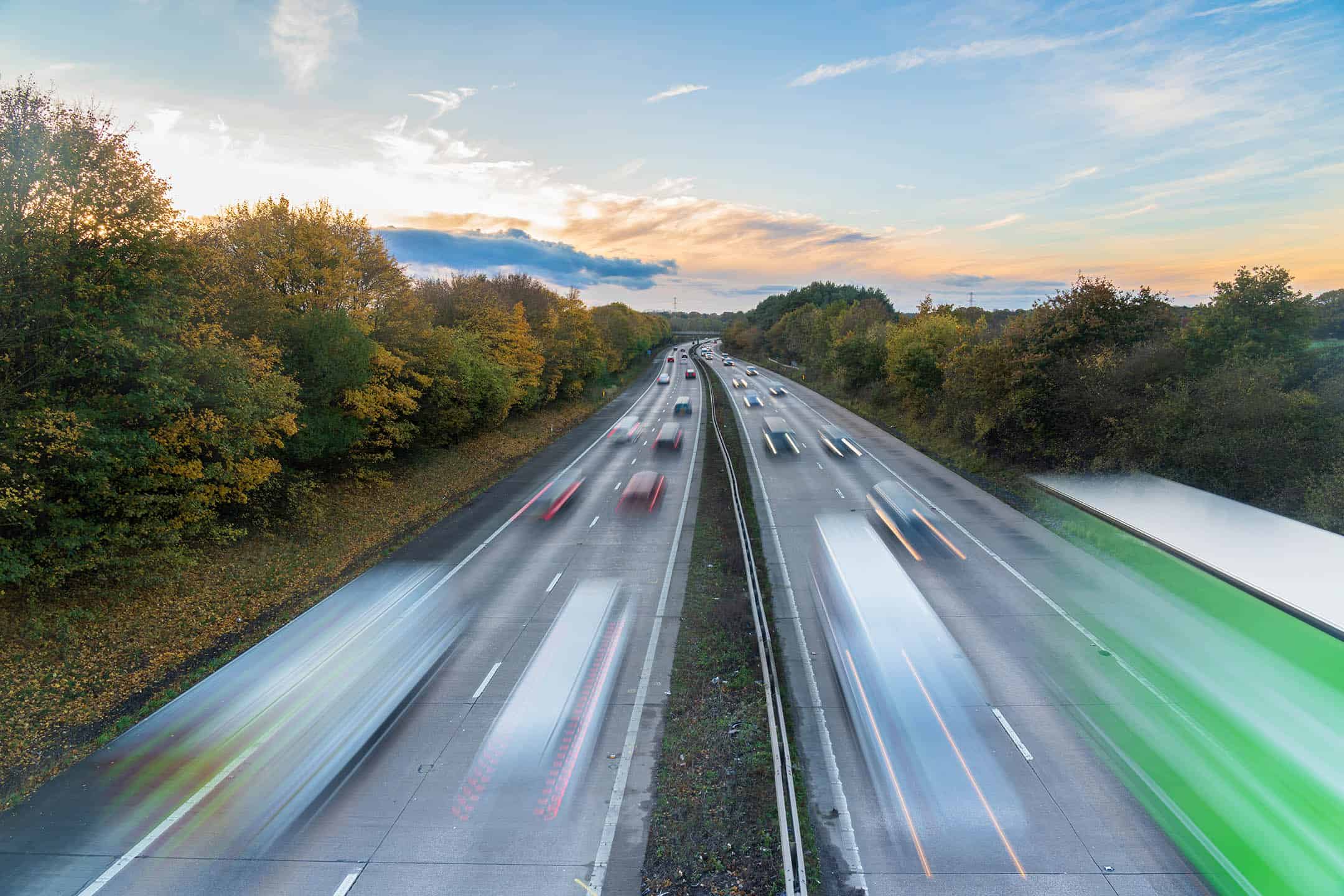
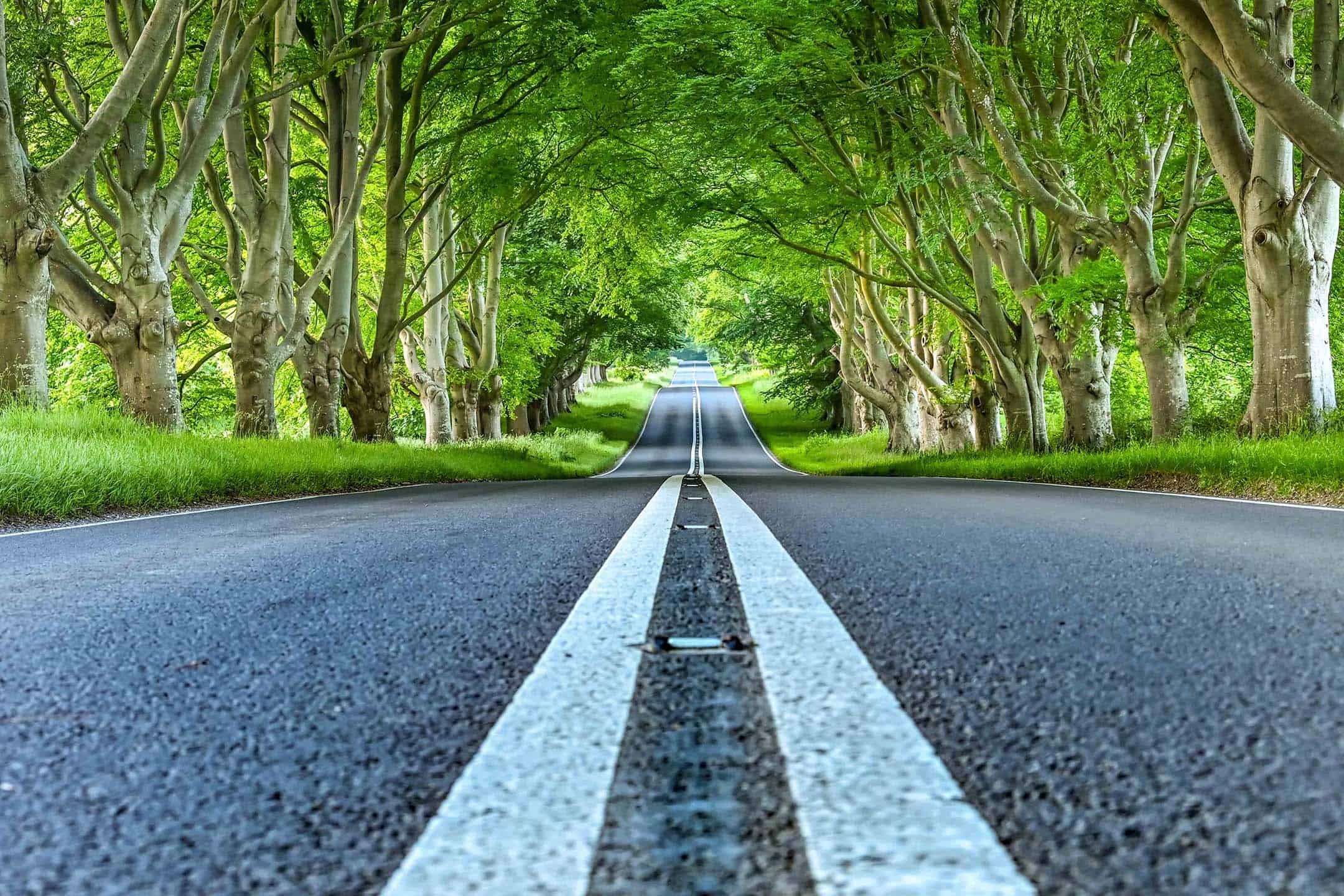
How can I prepare for a breakdown?
Undoubtedly the best way to prepare for a breakdown is to try and prevent one!
You can do this by keeping up with your servicing schedule. If you stick to the servicing plan in your owner’s manual, you’re quite unlikely to have the car break down on you.
However, things happen, and you should always be ready!
Here are a few things you can do to prepare for a breakdown:
Get Breakdown Cover: While not a legal requirement, you should consider breakdown cover essential. You can find a basic package with roadside rescue cover for less than £10 a month. If you don’t have the cover and your car breaks down, you’ll need to pay for someone to come and get you – plus the cost of possibly having the vehicle towed!
Breakdown emergency telephone numbers: It’s no use having breakdown cover if you don’t know who to call! Most companies now have apps, so keep it on your phone. It’s also a good idea to jot down the number on a piece of paper and keep it in your glove compartment.
Red warning triangle: Always have one available. If you do break down, it will help keep you safe from other traffic.
Reflective jacket: keep in the car to wear in case of bad visibility or at night.
Phone charger or power bank: If you run out of phone charge, you won’t be able to call your breakdown cover. Try keeping an in-car charger, or even a fully charged power bank, if you can!
Clothing for harsh weather: Be prepared to be stranded in cold or wet weather, or an area with poor visibility for some time. Store some warm clothing in the boot, a blanket, and a waterproof jacket
Road Map: if you are out of signal or battery, you won’t be able to use your sat nav or mobile phone. With a map permanently in the car, you will still be able to locate where you are to get assistance.
Comfort food: Breaking down is stressful – having an emergency chocolate bar never hurts!
Hey did you know?
There are around 7000 breakdowns in the UK every single day. Make sure you buy breakdown cover!
Source RAC Foundation, 2020
I’ve broken down on the motorway: what do I do?
If you break down, first off, don’t panic! Here’s what to do:
Pull-on the hard shoulder and park as far to the left as you can with the car wheels turned in to the left.
Hazard lights – use them and if it’s dark or visibility is poor, turn on the sidelights as well.
Exit the car using the left-hand door –Keep any pets in the car or under strict control at the verge.
Call assistance and wait by the car: Try and use your mobile in the first instance. If it’s dead, though, you might need to walk to an emergency phone – stay as far away from the traffic as possible.
Never try to fix the problem yourself– always wait for professional help.
Don’t use the red warning triangle if on the motorway – with fast-moving traffic, the risks far outweigh the benefits of doing this.
Reflective jacket: Put it on, especially if it’s dark!
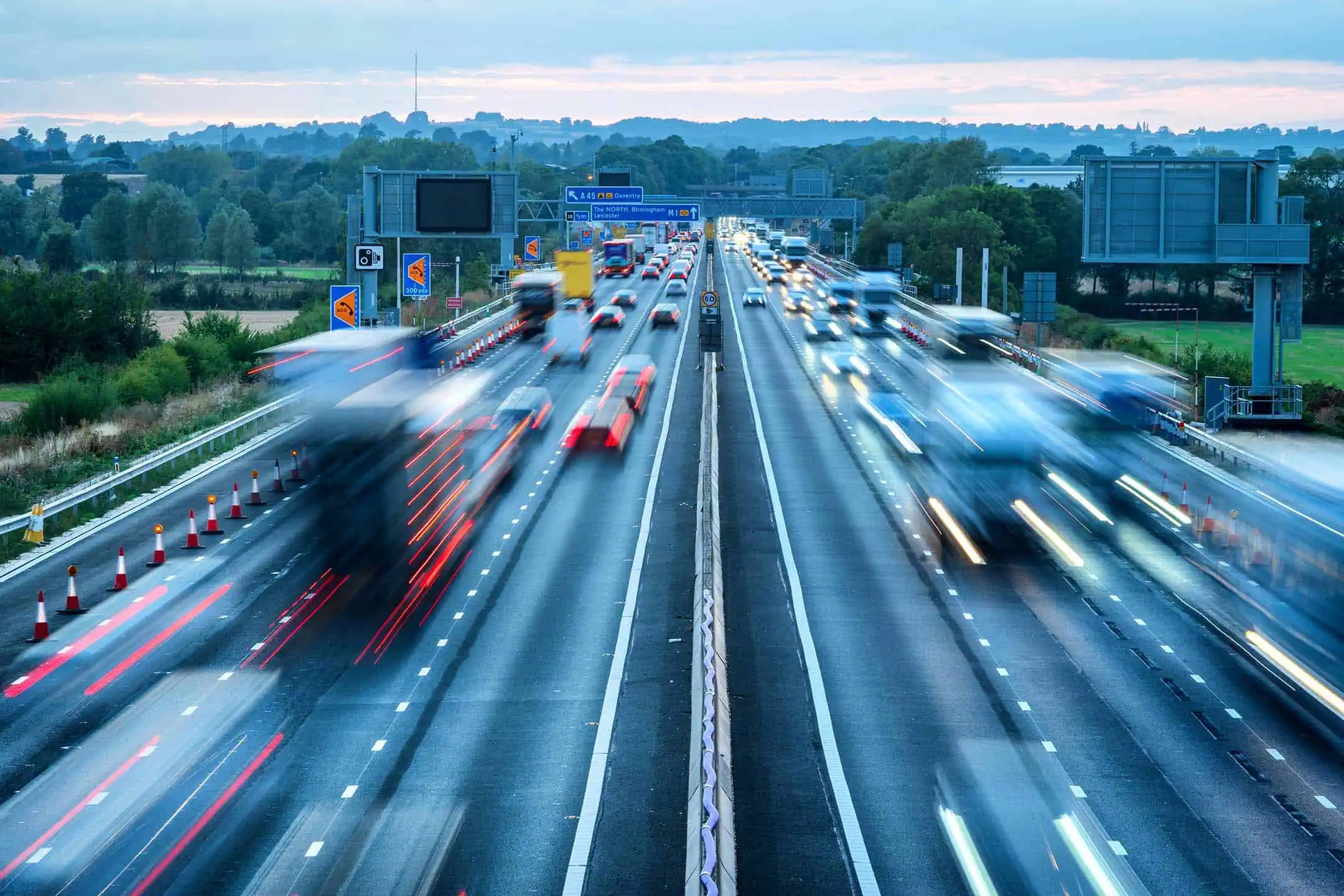
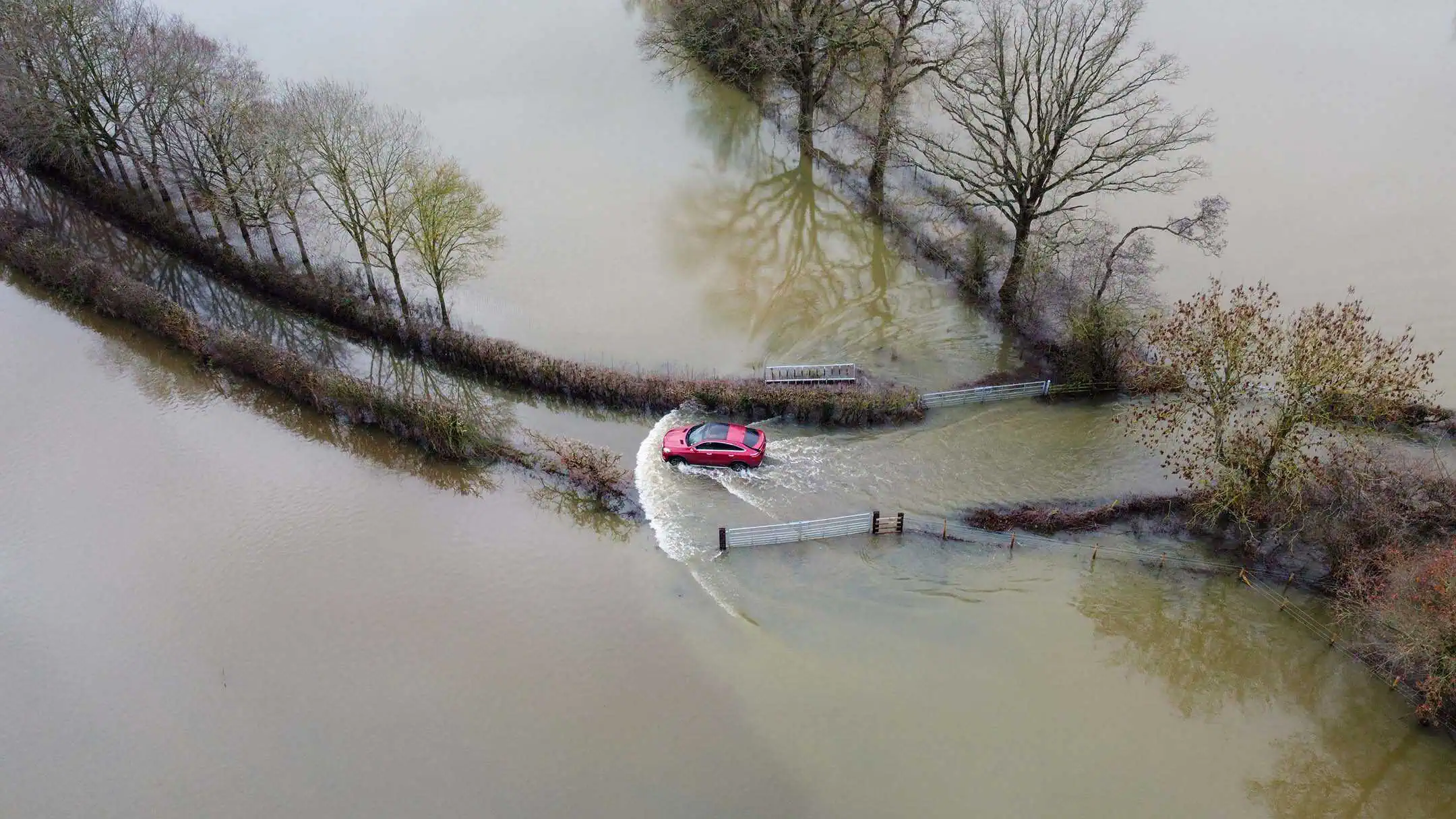
I’ve broken down on a normal road: what do I do?
Most of the steps here are the same, but there are a few differences worth mentioning!
Here’s what to do if you break down on a typical (i.e. residential, rural) road.
Find a safe place and pull over – Make sure you are as far away from the traffic as possible.
Switch off your engine: Your roadside mechanic might need to access the engine, so make sure it’s not roasting hot.
Turn on your hazard lights – If visibility is poor, leave your sidelights on as well.
Is there a danger of vehicles hitting your car? Get yourself and any passengers out of the car and away from the traffic.
Red warning triangle – Place 50m behind your car on the same side of the road – only if it’s safe.
Call for assistance – If you have to leave your car, make sure you lock your doors.
Reflective jackets – if you have one put it on.